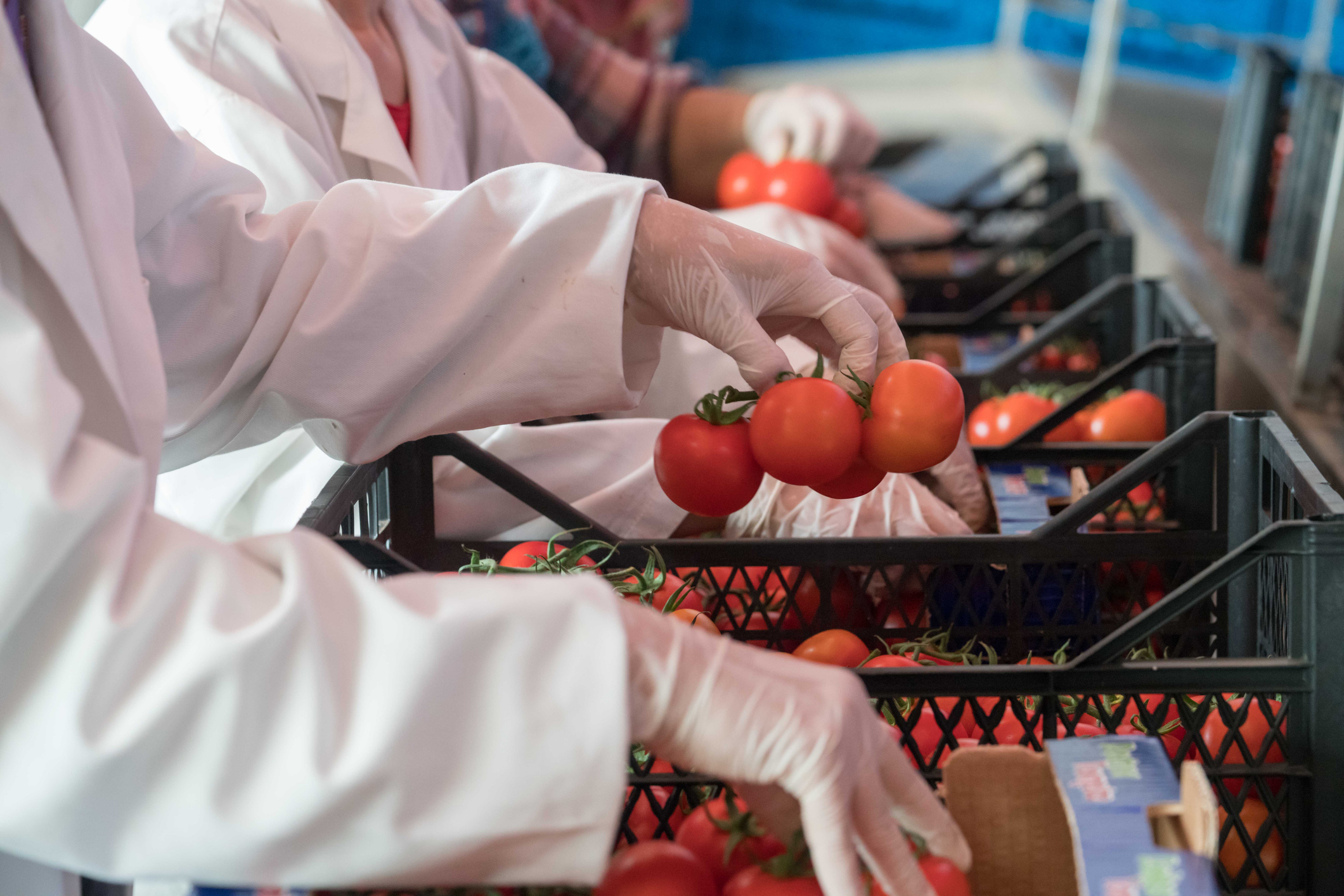Navigating the Landscape of Food Authenticity in Agriculture
Food fraud is a silent threat that could compromise the essence of our food supply. This issue affects the entire agricultural ecosystem, influencing decisions, shaping values, and impacting brand reputations. As we explore the complex network of global supply chains, it is clear that safeguarding the authenticity of our food is now more important than ever.
This is where understanding food fraud in agriculture becomes crucial.
Imagine a farmer working tirelessly under the sun, carefully cultivating crops. Unfortunately, the fruits of their labor may be subject to food fraud – a deliberate act of misrepresenting a food product’s characteristics, such as geographical origin or naturalness. Food fraud is a threat to the entire food and agricultural industry as it can influence decisions, shape values, and impact brand reputations.
The draft CWA 17369:2019 (Authenticity and fraud in the feed and food chain – Concepts, terms, and definitions; currently in the final stage of becoming CEN norm) is essential for understanding food fraud, with a central focus on product characteristics and claims. The CWA 17369:2019 is a European standard that defines English terms and concepts related to food fraud in a hierarchical system, making it easier to understand their relationships. The standardization was coordinated as part of the EU-funded Authent-Net and FoodIntegrity projects. This standard is a crucial initial measure towards global standardization of these terms. Its system identifies food fraud as a consequent property, highlighting the importance of addressing authenticity and authentication. To protect the value of agricultural products, it is important to identify which products are at risk. After identifying the risks, carefully selected analytical methods can answer key questions about authenticity. The decision about selecting the appropriate testing methods is based on whether the testing method is suitable for the required context, whether it is officially accredited and globally recognized, and whether its detection limit is sufficient to identify potential adulteration. A robust authenticity testing program is built on answering these questions. Precision is key when implementing such a testing program in food and agriculture. It is critical to define when, where, how often, and for how long analytical testing should occur. Additionally, farmers and agricultural stakeholders must consider the aftermath of testing. This includes identifying what actions should be taken if adulteration is found and whether the analytical results can provide insight into the incident.
The effectiveness of an authenticity testing program depends on its ability to utilize a range of advanced analytical methods. Accreditation ensures that findings are harmonized, credible, and internationally recognized. Due to the complexity of food supply chains, testing methods must go beyond providing basic qualitative or quantitative results. Novel fingerprinting or screening methods, similar to those used in forensic investigations, can provide conclusive evidence to support or reject a hypothesis, for instance, to verify the geographical origin of agricultural products.

The Evolution of Food Certification in Agriculture
In recent years, food certification standards in agriculture have evolved to combat food fraud. New versions of standards now include comprehensive requirements for food fraud risk assessment, following the guidelines of the Global Food Safety Initiative (GFSI). Companies are now obligated to deliver risk mitigation plans, incorporating measures against the risk of food fraud in their supplies. Analytical testing is a crucial aspect of this approach, reducing the risk of food fraud incidents by eliminating assumptions. Initially, food authenticity testing addressed basic issues using available technology. However, the landscape has since transformed, and the industry now has access to a plethora of techniques, including targeted and non-targeted analyses of agricultural products, to tackle challenges head-on.
This is particularly important given the changing regulatory landscape in agriculture. Due to increasing concerns from consumers and the food industry regarding food fraud, the regulatory landscape for food authenticity testing is undergoing significant changes. The European Standardization Committee (CEN) has formed a technical committee (TC 460 – Food Authenticity) dedicated to standardizing analytical methods for verifying food authenticity and evaluating data.
Working groups in CEN/TC 460 are developing stable isotope, molecular, and NMR methods. Harmonized methods standardized by CEN/TC 460 can help the agricultural industry and food control avoid conflicting results from different methods. The goal is to create EN standards for food authenticity that are widely recognized in CEN member states.
Analytical testing methods play a pivotal role in bolstering the food industry’s adherence to evolving regulatory framework, particularly in responsible sourcing, sustainability, ESG (Environmental, Social, and Governance), and forced-labor-free supply chains. These methods provide crucial insights into the composition, origin, naturalness and characteristics of agricultural products, enabling stakeholders to ensure compliance with stringent standards and regulations. In the realm of responsible sourcing, analytical tests allow for the verification of claims regarding the provenance and production practices of ingredients. This transparency is essential for addressing concerns related to ethical sourcing, fair labor practices, and environmental sustainability. By employing advanced testing techniques, companies can authenticate the integrity of their supply chains, fostering trust among consumers and stakeholders alike. Moreover, by assessing factors such as carbon footprint, water usage, and waste generation, companies can identify areas for improvement and implement strategies to minimize their environmental impact. This proactive approach aligns with ESG and sustainability principles, demonstrating a commitment to environmental stewardship and social responsibility.
Overall, analytical testing methods serve as a cornerstone of responsible sourcing, sustainability, ESG, and forced-labor-free supply chains, empowering the food industry to meet evolving regulatory requirements while upholding ethical values and societal expectations.
Bridging the Gap: From Agriculture to Consumer Trust
Recent studies show that attracting consumer attention through product claims in food and agriculture is becoming increasingly challenging due to rising distrust. In this context, implementing a food authentication program in food and agriculture can be a powerful tool for protecting a brand. It allows companies to maintain, strengthen, or even regain consumer trust in their products by providing evidence of authenticity directly to the consumer.
Conclusion: Building Confidence in Agriculture
As the food and agricultural industry evolves, the threat of food fraud also increases. To safeguard the value behind agricultural products, farmers, manufacturers, stakeholders, and regulatory bodies must work together. Implementing robust testing programs, adhering to international standards, and collaborating on a global scale are essential steps in fortifying the agricultural industry against the insidious impacts of food fraud. By adopting analytical methods tailored to the required context and embracing innovation, we can cultivate confidence in the fields and ensure the authenticity of the bounty provided by our earth.
Further reading
Food Fraud (Economically Motivate Adulteration – EMA) in food
Artificial Intelligence and Omics technologies Shape the Future of Food Industry










































































